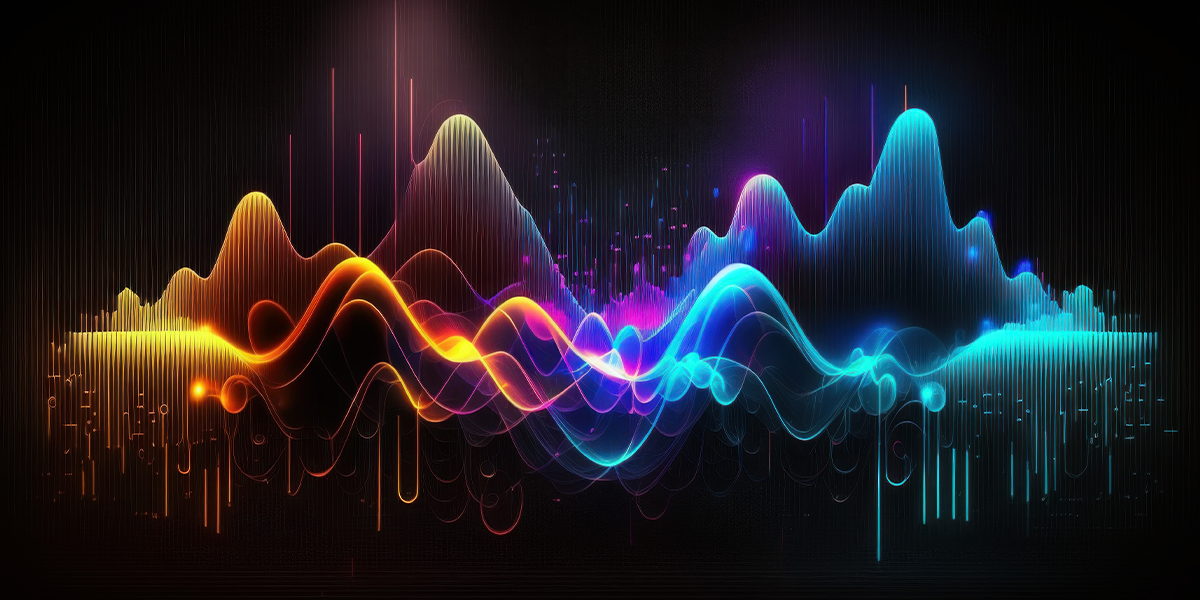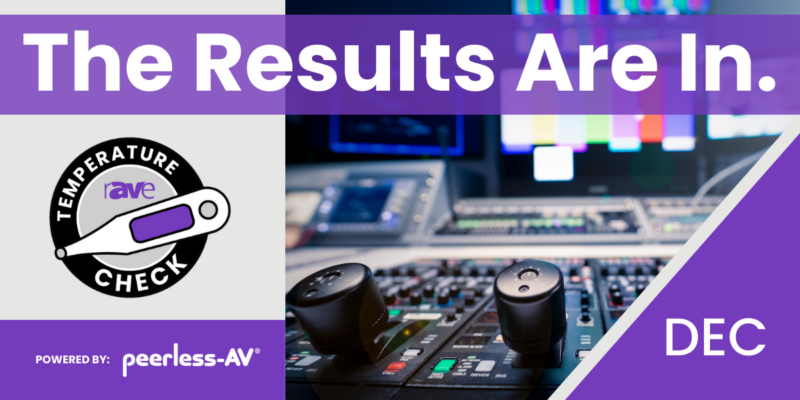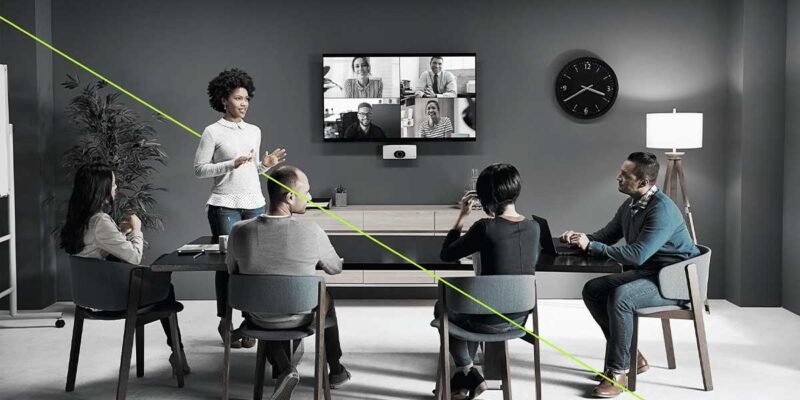Leonard’s InfoComm Minute, Day the Third: Something Different in an Audio Demo Room

One of my favorite things at the InfoComm trade show has always been the audio demo room, despite the fact that I don’t do a ton of the kinds of projects in which the gear in these spaces is aimed. Part of the reason is that “not a ton” doesn’t mean “none ever,” and it’s important to keep an eye (or, in this case, an ear) on larger-scale audio solutions. Part is that it’s the kind of demo you need to get in person — collaboration tools, AV transport protocols and control systems can be demonstrated virtually. In fact, I’d argue that a webinar with a live Q&A could be a better way to introduce a new platform than a trade show visit; it allows the manufacturer to present to a much larger group and gives participants a chance to take notes, screen-capture relevant slides or specifications, and focus without the distraction of the larger show. There are things you can’t “see” virtually, but in this new world, there is so much that you can.
This is not the case with audio. There’s obviously no way to demonstrate a loudspeaker to someone who isn’t in the same room as the loudspeaker. So the demo room, even if they aren’t acoustically ideal spaces, gives somewhat of a unique opportunity. The style of demonstration has become standardized, with various loudspeakers mounted on pipe grids throughout the room and illuminated with a spotlight as they are being used. A presenter in the front of the room explains what you’ll be hearing, what is interesting about it and perhaps what kind of spaces those loudspeakers would best serve. Today I saw what was, to my knowledge, a unique demo in that it did not have a live presenter. This was a wonderful case of a manufacturer using the audio demo to tell more of a story about themselves.
The manufacturer, of course, was QSC, and the product was the new PL series of passive line array and point source speakers for its Q-SYS ecosystem. This is interesting in and of itself as it moves Q-SYS into more demanding spaces for which the company had not yet had solutions. What surprised me is that, as I said above, there was no presenter. Instead, there were two portrait-mounted large flat-panel displays. When the demo started, the recorded presenters appeared in these displays and spoke to us about the product. Then, as is typical, spotlights illuminated the loudspeakers in use as a series of audio clips were played. During audio playback, the presenters vanished to make space for more specifications and information on the loudspeakers.
Afterward, we were told that the demonstration — the entire demonstration — was powered by a QSC Q-SYS core. The timeline feature was used as a show-control system to operate lights, displays and signage players as well as audio playback. When most audio demos speak about systems they are speaking about loudspeaker systems —audio processing, amplification and the loudspeakers themselves. In this case, it demonstrated a system in a much broader sense, demonstrating a use-case for the Q-SYS core ecosystem as well as the audio devices.
It was a great example of synergy and gave us something about which to think as well as to listen.





